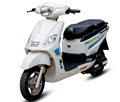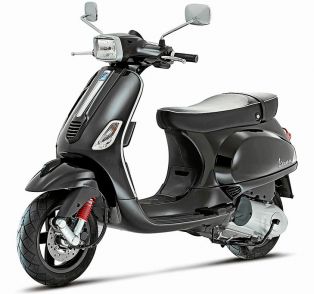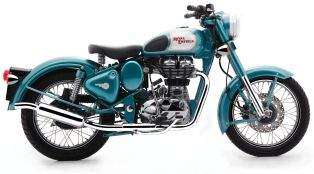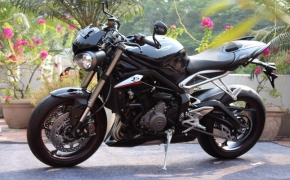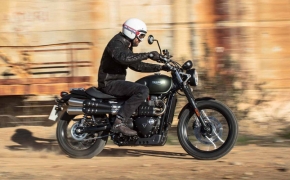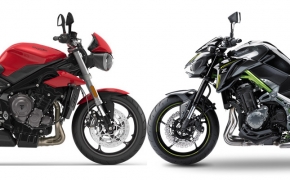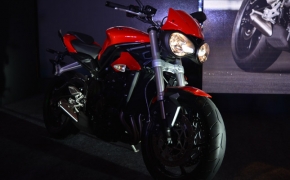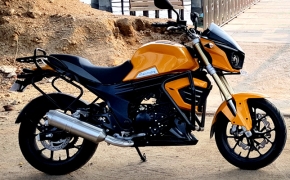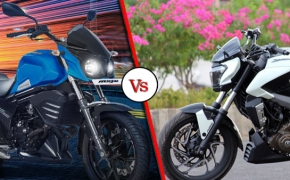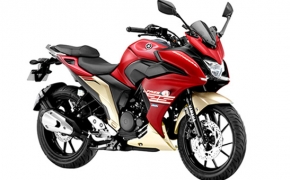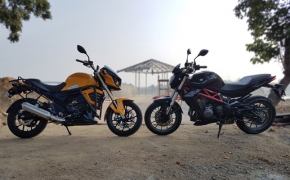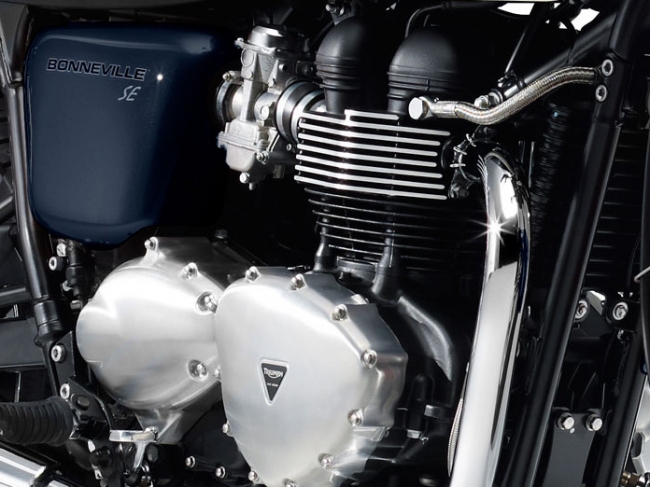 The Inline Twin or Parallel Twin cylinder engine is often referred as synonymous but there is fundamental difference between the two. In fact both of them should be put under a broader engine category- Straight Twin engine. Theoretically, the straight twin or straight two or vertical twin or Parallel twin or inline twin engines are referred to engines having two cylinders placed side by side having two pistons connected with single Crankshaft.
The Inline Twin or Parallel Twin cylinder engine is often referred as synonymous but there is fundamental difference between the two. In fact both of them should be put under a broader engine category- Straight Twin engine. Theoretically, the straight twin or straight two or vertical twin or Parallel twin or inline twin engines are referred to engines having two cylinders placed side by side having two pistons connected with single Crankshaft. If we take "Straight-Twin" as common for both Inline and Parallel twin engines, it would be easy to differentiate between the two. Ideally the Inline Twin engine is placed "In Line" with the frame of the bike, that simply means one cylinder is kept with face on and the other one is kept behind it. Normally this kind of cylinder configuration used to exists in early models of motorcycles.
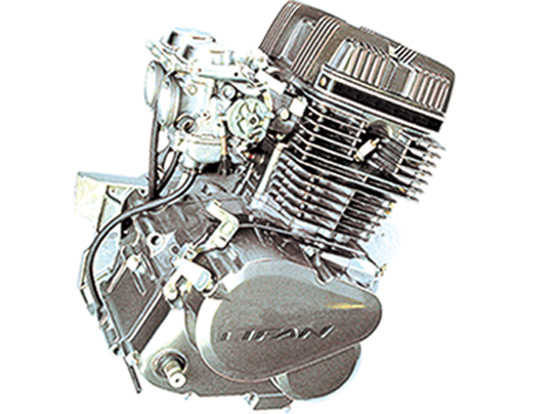 Parallel Twin Engine:
Parallel Twin Engine:In a parallel twin cylinder engine the cylinders are placed transversely with the frame, which is a common setup for a straight twin engine. But putting up the cylinders transversely is not the actual definition of the Parallel twin engine, actually in a transverse twin engine if the pistons move together up and down, in other words if they move simultaneously parallel to each other, that sort of set up is called "Parallel Twin" engine.
Advantages & Disadvantages of Straight Twin engines:
The inline or Parallel twin engine is comparatively more simpler than V-twin or Flat-twin engines, they are easy to manufacture and repair. The straight twin engines are more cost effective but there is a major disadvantage is associated with them and that is the "Vibrations", the parallel twin or inline twin engines are tend to vibrate more because of torsional torque applied between the pistons moving in opposite direction and large reciprocating mass in case of 360 degree crankshaft in Parallel twin. The other reason for vibrations is the irregular firing pulse on 180 degree crankshaft.
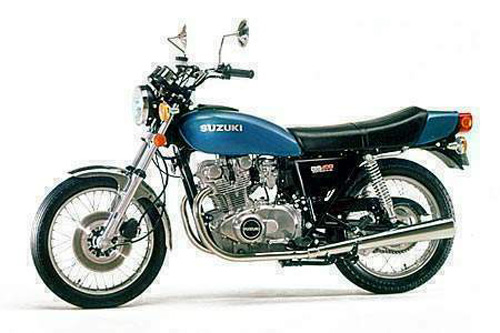 Differentiation on basis of Crankshaft Angle:
Differentiation on basis of Crankshaft Angle:A parallel twin engine in which the pistons are moving up and down together is definitely a Parallel twin engine but if same set of transversely placed twin cylinder engine's pistons are moving in opposite direction to each other unlikely to the parallel movement of the pistons they are also known as "Inline Twin" engine opposite to the parallel twin engines.
Therefore an engine having cylinders either placed "In Line" to the frame of the bike or a transversely placed twin cylinder engine with pistons moving alternately is known as "Inline Twin Cylinder" engine.
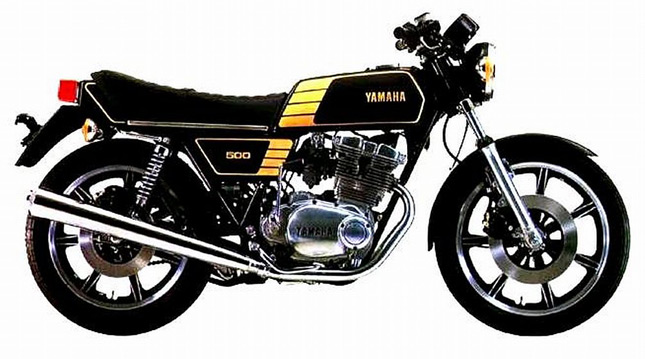 Both kind of configurations are differentiated from the angle of crankshaft which is responsible for moving pistons through camshafts. In a parallel twin where the the pistons move up and down simultaneously the crankshaft angle is 360 degrees, whereas the inline twin with alternately moving pistons the angle of crankshaft is 180 degrees.
Both kind of configurations are differentiated from the angle of crankshaft which is responsible for moving pistons through camshafts. In a parallel twin where the the pistons move up and down simultaneously the crankshaft angle is 360 degrees, whereas the inline twin with alternately moving pistons the angle of crankshaft is 180 degrees. There is one more kind of engine configuration on the basis of different crankshaft angle and that is 270 degrees. This is a relatively new setup based on the feedback from the other two popularly used setups. In 270 degrees crankshaft the pistons move in such a manner that no one piston rests at the BDC (Bottom Dead Center) while the other piston gets the ignition. The whole setup replicates the firing order of a V-twin engine and hence the peculiar V-twin sound comes from the engine.
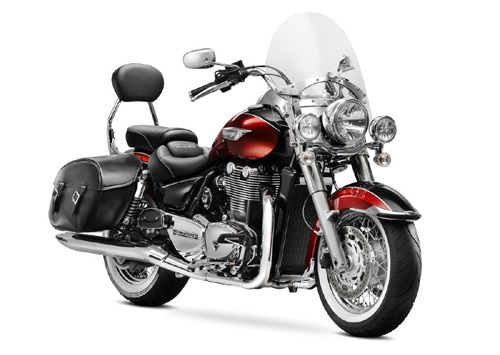 Advantages & Disadvantages Of Various Crankshaft Angles:
Advantages & Disadvantages Of Various Crankshaft Angles:The 360 degrees parallel twin engine is the most commonly used and comparatively primitive kind of setup, this configuration has many advantages like there could be single carburetor used for both the cylinders, there is no need of separate ignition system for different cylinders. However one major disadvantage is the Vibration, the 360 degree crankshaft parallel twin engines get vibrated a lot, although, these vibrations are not that significant in small sized engines and can be counter balanced with the extra balance shaft.
The inline twins with 180 degrees crankshaft tends to cancel the vibrations by moving pistons in opposite directions but due to irregular igniting timings the firing pulses create additional vibrations. There must be two different fueling system for both the cylinders and separate ignition system must be used in this setup of engine.
On the other hand, the inline twin engines with 270 degrees crankshaft are comparatively modern inline twin engines using configuration in between the two of the popular configurations, where the engine attains a median of the advantages and disadvantages. Example of such kind of engine is of Triumph Thunderbird.
By: Farhan Kashif





